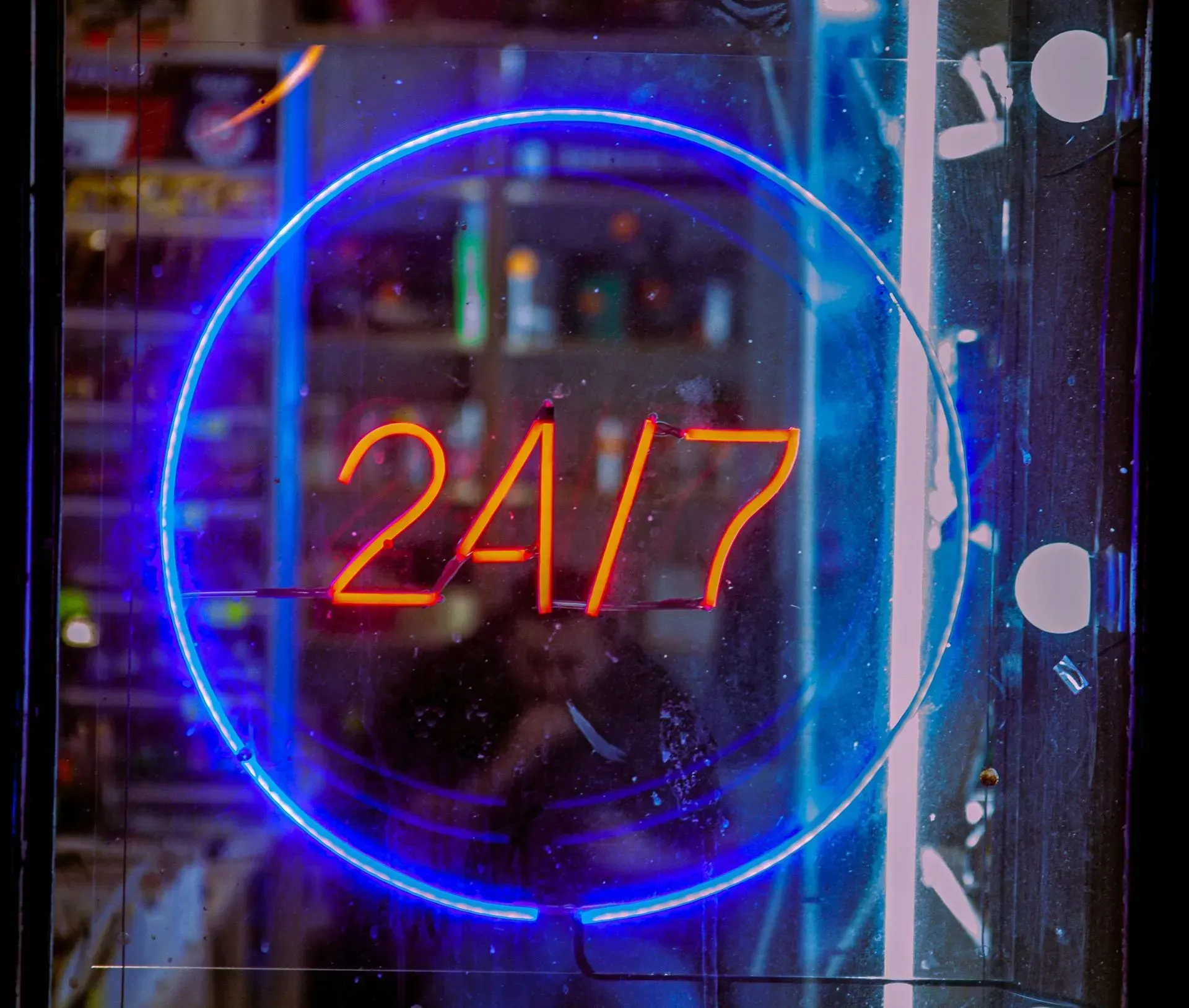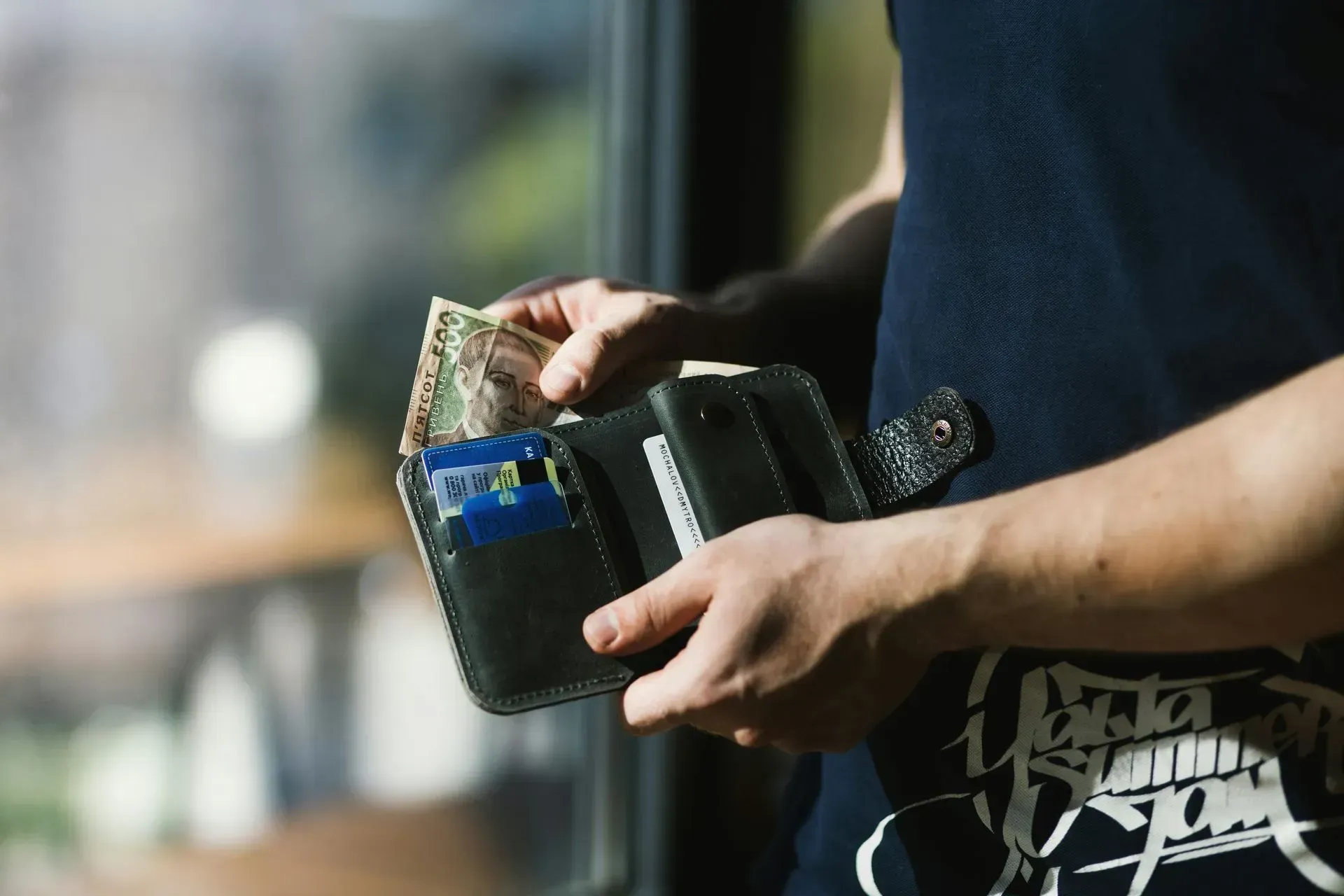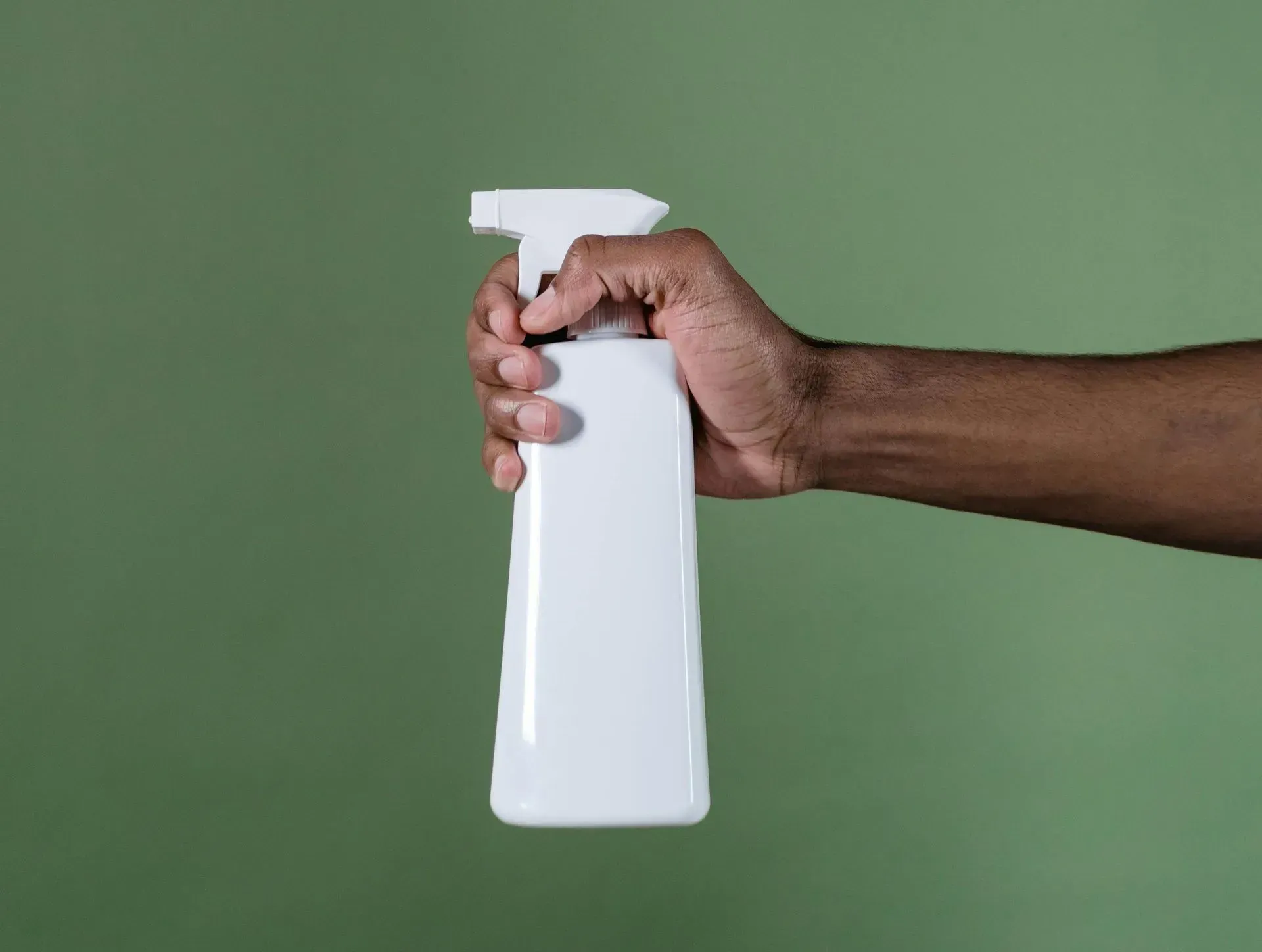Stimulating customers with more relevant content improves their value
78% of CMOs believe content is the future of marketing
Working smarter notharder is the mantra of any good leader. And we have certainly all had todo an awful lot in difficult circumstances in the last 8 months. As 73% of marketers are now saying that theyneed to focus on improving their lead funnels*, here are my top tips on gettingthe most out of this with less effort.
Creating the rightcontent
78% of CMOs believecontent is the future of marketing.** And content marketing costs 62% less than traditional marketing andgenerates about 3 times as many leads*** – whether you are providing contentfor B2B or B2C marketing – content is the fuel that you need to curate ‘fullyor semi-bespoke’ journeys that support your sales funnel. Get this right and you will move passiveenquirers into purchasers and 1 off purchasers into frequent buyers andeventually your best customers.
In B2B marketing –you might need to think about factsheets, blogs or e-books and in B2C – it willbe more style tips, recipe ideas, savings guides (dependent upon your sector) -basically anything that you can do to help the customer to answer the specificchallenges or questions that they might have at this stage of purchase –positioning yourself as helping them to make informed choices – not by sellingto them, but in the much more subtle support of their needs by answering theirquestions as they move through the sales funnel.
A B2B consumer looksat 7 pieces of content before making a purchase decision – 60% base decisionson info and recommendations they’ve acquired via digital content****. So, you need to support your sales funnelwith content at the top middle and bottom. Applying the same logic to yourexisting customers – creating content that is relevant for both retention andcross sell – for each audience segment.
Don’t be fooled,whilst this sounds uber simple in principle, creating appropriate tailored contentis time consuming – and without extensive marketing teams, you might struggleto distribute this at the right time.
So here’s a 3 stepapproach to understanding your audience and creating relevant content:
1 Mappingyour customer journeys
Dig into your data,gather useful info from your various analytics tools to map your customer pathsto purchase. There is software out there that can help you to track these, butif you don’t have the budget to invest, or you are simply trying to establish a‘proof of concept’ and need to create a ‘minimal viable product’ (MVP) as atest, a simple pen and paper flow chart will help you to map these out.
Now, it would makeour lives very much easier if our customers were all alike, with the same needsand wants – but we only have to look at our own friends and neighbours to knowthat this just isn’t the case. So, youwill need to recognise this within your sales funnels – creating bespokecontent for the different audiences (segments or customer types). The firststep of which is to create some form of customer or audience segmentation
2. Super simple audience segmentation
Remember that foreach audience and each stage in the funnel your aim is to create targetedcontent and the management of this is often a real blocker when it comes toexecuting and sustaining your plans. My recommendationis to keep your segments to a minimum and concentrate on ensuring that they arehighly differentiated. You can becomemore granular over time – and scale up once you have established processes forrecognising and actioning the few that you start with. A good example of highly differentiated segmentswould be
A) peoplewho cook from scratch
B) peoplewho cook from mainly packets and jars
How they cookinforms what they will buy, their level of cooking competence, how much timethey might have to cook and budget available – what they browse will help us toidentify them online and enable us to chunk them into 2 distinct groups withdifferent needs.
So for group A) you mightsend complex recipe ideas where you literally start with a range of ingredientsthat they lovingly prepare and produce, whilst group B) Might need recipeinspiration to try new combinations that can still be mastered with minimumcooking in a short timescale.
These are clearly reallydifferent segments with very different needs. But their browsing behaviouralone won’t help you to determine all of this, it will simply say that you have2 different types of searches (1 for ingredients and 1 for packets andsauces). This is the start of yoursegmentation – what you now need to understand is the ‘Why’ behind the ‘What’.
If you have neverdone a segmentation before, then check out my previous post on really simple segmentation .
Once you have a viewof the behavioural segments - you will need to understand more about them inrelation to their need state at each stage of your journey. Using a variety of available sources such assearch criteria, browsing history and qualitative and quantitative research youcan now gain a better understanding of each group – enriching your audiences todevelop more insightful personas that will help you to develop yoursegmentation further. Maybe creatingsome basic pen portraits that will allow you to socialise them more easily tokey stakeholders or create briefs to your teams to gather and develop bespokecontent for each.
3. Creating a contentPlan
Your content planstarts with a quick audit of what you already use at each stage of the funnel, tosee if it can be re-purposed to fit the specific needs of your segment, orwhether it now needs to be moved into another part of the funnel.
Here’s the fun bit -brainstorm each part of the funnel, asking yourself what is the customer doing,what do they need, how can I help for each stage and each segment.
Make sure you thinklaterally to explore related topics and different types of content that willbest support your audience needs, answer their questions and foster trust. If you are testing this process – you will justneed to create a couple of pieces of content for each stage of the funnel – sothat you are not making this task too onerous. Over time, you will be able to create a wider library of content – butthe clear objective for your test is to establish that a more tailored processis better than a generic one.
Getting this contentto the relevant segment at the right stage in the funnel is the final part ofthis process. Most people have somecapability around tailored journeys within their websites, CRM system or emailprogram and you can use this AI to generate your specific journeys. So now you have to write the ‘rules’ thatrespond to the behaviour flags that will help you to chunk your audiences into theirrelevant journeys as they move through your funnel.
Don’t worry, if youdon’t have capability around all of your channels, you can start where you dohave it – usually in your advertising programmatic or email distributionsystem. Remember you are likely provingthe efficacy of your approach, so you can do this in any channel to supportyour business case for further investment in content writing and systemdevelopment.
One of the other benefitsof providing a more personalised journey is that the value you create in thecontent you provide gives you the juice to fuel your conversion process. This value exchange of a contact for a downloadwill help you move an ‘anonymous’ to a ‘known’ prospect so you can put theminto an automated sales program for conversion.
Converting the B2B funnel– here’s what the above might look like
- Leadreads a blog which tracks what they click on
- Theythen look at other content that you can track and learn about them
- Get themto give you their email in exchange for a piece of great content related towhat they have just read
- Now youhave moved from anonymous to named – you can put them into the automatedprogram which sends them helpful content based upon their needs and interests
- Yourthird interaction is a topic based email with a customer success story – whichinspires trust and increases perceived value
- Havingmet the criteria for a Qualified Lead program –move them into your sales team –who email them a datasheet based offering solutions based upon theirneeds/problem
- Salesfollow up with a phone and send an ebook explaining how to discuss benefits ofsolution with executive team
Further Reading
If you would like to learn more about how to develop customer relationships then read this post which gives 10 do's and don'ts of customer relationship marketing.
If you need help analysing your data, segmenting your audiences or actioning this insight todevelop audience related content then please get in touch.
Research Sources
B2B process – Acton.com
*Demand Generation Report
**Demand Metric.com
***Demand Metric.com
****Bluecarona.com
CRM MARKETING BLOGS











